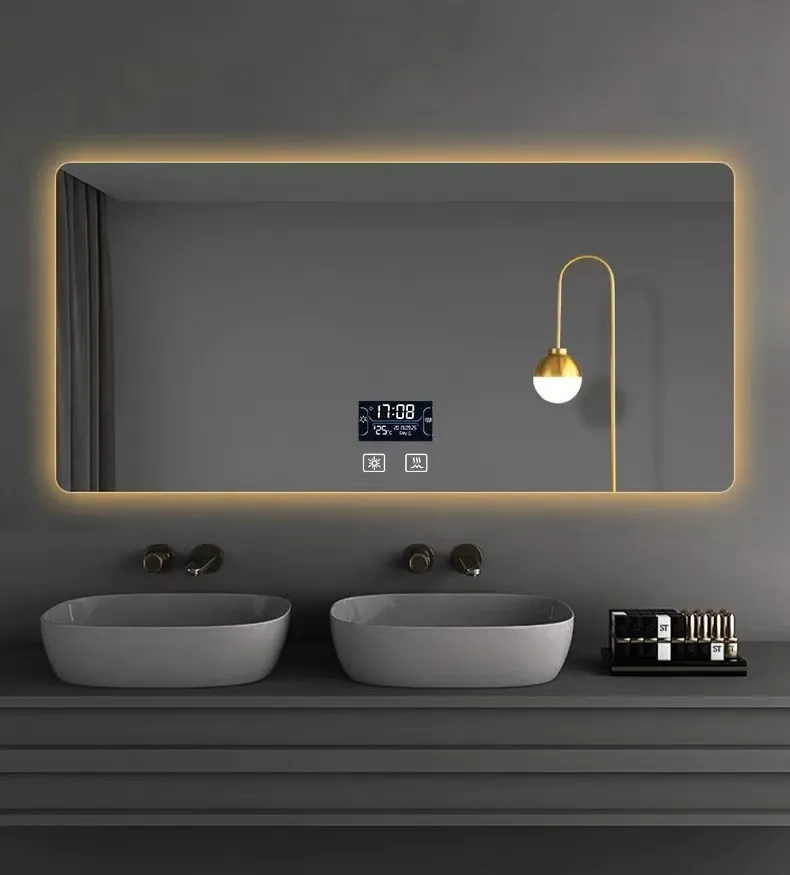

Understanding Soft Coat Low E Glass A Smart Choice for Modern Buildings
In recent years, energy efficiency has become a top priority for homeowners, builders, and architects alike. One of the most significant advancements in building materials that contribute to energy conservation is Low E (low emissivity) glass. Within this category, soft coat Low E glass has emerged as a superior option, offering exceptional thermal performance, aesthetics, and versatility.
What is Soft Coat Low E Glass?
Soft coat Low E glass is a type of insulated glass that has been treated with a microscopically thin layer of metal oxides. This coating is applied using a vacuum deposition process, which gives it distinct properties compared to hard coat Low E glass. One of the primary benefits of soft coat Low E glass is its ability to reflect and transmit solar energy while minimizing heat transfer, both from the outside in and the inside out.
Unlike hard coat Low E glass, which can be applied at high temperatures and is generally more robust, soft coat Low E glass is made with a coating that is more efficient but requires careful handling and installation. This glass is typically used in double or triple glazing configurations, significantly improving thermal insulation.
Benefits of Soft Coat Low E Glass
1. Energy Efficiency Soft coat Low E glass has an impressive ability to minimize heat loss during winter and reject solar heat during summer. This energy-saving feature not only reduces heating and cooling costs but also contributes to a more comfortable indoor environment.
2. UV Protection The coating on soft coat Low E glass also filters out a significant amount of ultraviolet (UV) radiation, which can cause fading in furniture, flooring, and artwork. This added protection helps prolong the life of interior furnishings and maintains their aesthetic appeal.

3. Aesthetic Appeal Soft coat Low E glass is highly regarded for its clarity and ability to retain natural light. It offers a clearer, more aesthetically pleasing view compared to some other types of coated glass. With advancements in technology, these coatings can be almost invisible, making them an ideal choice for façades and window applications where visibility is paramount.
4. Design Flexibility The versatility of soft coat Low E glass means it can be used in a variety of applications, from residential windows to commercial buildings and curtain walls. It can be customized to fit different styles and needs, making it suitable for a wide range of architectural designs.
5. Environmental Impact By improving energy efficiency, soft coat Low E glass contributes to reduced greenhouse gas emissions. Buildings that use this technology can decrease their overall energy consumption, which not only saves money but also supports environmental sustainability.
Installation and Maintenance
While soft coat Low E glass is robust in its performance, it does require careful handling during installation due to the sensitivity of its coating. It is advisable to work with experienced professionals to ensure that the glass is installed correctly and to avoid scratches or damage to the low emissivity coating.
In terms of maintenance, soft coat Low E glass is relatively easy to care for. Regular cleaning with non-abrasive materials and appropriate cleaning solutions will help maintain its clarity and thermal performance. It's important to avoid harsh chemicals that can damage the coating.
Conclusion
Soft coat Low E glass is transforming the way we think about energy-efficient construction, providing a blend of aesthetic beauty and functional advantages. With its ability to reduce energy consumption, protect against UV radiation, and enhance interior comfort, it stands out as an excellent material for modern buildings. As the demand for sustainable construction practices continues to grow, soft coat Low E glass is undoubtedly a wise investment for those looking to enhance both the performance and appearance of their spaces. By adopting such technologies, we not only improve our living and working environments but also take a significant step toward a more sustainable future.